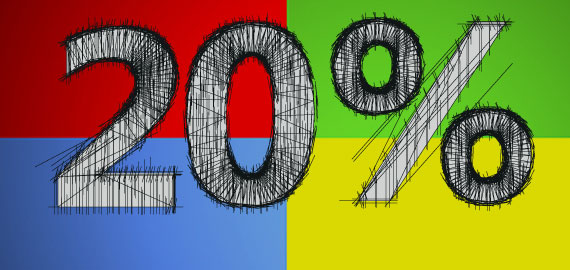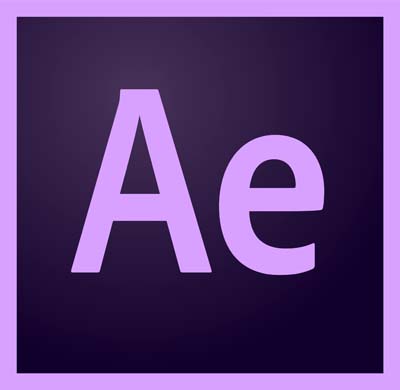Class hours: 10:05 – 2:45
Mr. Bohmann | wbohmann@ewsd.org
10:05 Today’s Notes & Attendance
Week 5
Welcome to Week 5- make those folders and get organized
20 % Showcase
–Tuesday, October 1st

A 20% project is the thing you are working/tinkering on. You are building towards something and learning in the process. We’d like you to share with us what that is.
For example: Animation in Blender using a rig, Disappearing effect in After Effects, 2D sidescroller in Unity. What have you been tinkering/learning about since we returned to school?
When presenting: Two Questions to respond to:
- What are you working on/showing us?
- What are your next steps? Where do you go from here? / What are you working towards?
Husson University coming to visit on Tuesday & Mx. Yopp is out so…
- No English Monday (Today)
- College visit Tuesday during English
- English moved to Thursday at 11am
- Mr. B – I am away from CTE Thursday / Friday of this week – I have to return to Wisconsin to help my family there.
First half of Q1 ends this Friday
National Technical Honor Society – Let’s do the numbers
- Earn an A- (90%) or high3er for semester in all your program and academic classes at CTE
- Demonstrate strong employability and leadership skills
- Meet all requirements again (if returning member)
- Great for scholarship applications and your resume
- Industry recognition
- Nominations is January
10:10 Monday Mail – Check Google Classroom and PowerSchool

10:15 Intro to After Effects & Field of Motion Graphics
Motion Graphics and Visual Effects are found in every show, movie, commercial and social media platform. At the core, motion graphics are designed to capture our attention and draw interest to the viewer. VFX (short for visual effects) are found everywhere. VFX are little animations.
Let’s kick off an exploration of VFX today. Over the next several weeks we’ll try:
- Green Screening
- Motion Tracking
- Rotoscoping
- Color Corrections
- Compositor
(for each title above, you are looking at an entire career!)
Motion Graphic artists have a strong background in graphic design. According to the Bureau of Labor Statistics, the field is expected to grow about 8% over the next ten years. Median annual salary is $99,000. (that’s about $1900/wk)
- Adobe After Effects is a leading industry tool for animations, motion graphics and special effects editing.
- Today we’ll look at Adobe After Effects – just the basics.
- If I can get you to remember one thing (well, actually six things!) you will quickly become a master at After Effects.
There are Six Foundations of After Effects and the work in the following order as a workflow:
- Composition
- Layers
- Animations
- 3D
- Effects
- Rendering
10:50 Break

11:00 No English today – After Effects continued…

Ok, let’s get some of the effects out of the way. There are a lot of effects in After Effects. For some guided practice, let’s take a look at some of the different effects including color, generative and distortion effects
For starters – we are going to make a descriptive effect together.
You cannot go wrong – effects can be layers and the combinations are endless!
Link to Google Doc with Steps if you get lost….
12:00 Photography Final Project Review

Timeframe: September 20th – October 31st
LTA – Long Term Assignment
Details: 10 Photos that capture Vermont during foliage (maybe Vermont’s finest season)
Vermont is beautiful this time of year. People pay good money just to come to the state and drive around looking at the changing colors, wander through quaint shops and reflect on small town life.
How lucky are we, we live here!
The goal of this assignment is simple. Capture Vermont during foliage. You will use your very best skills as a budding photographer to build a very nice portfolio of images that is unmistakably Vermont.
Example 1, Example2, Example 3
Requirements: 10 photos showing Vermont color & the following:
- Tree/s
- Farm, farm tools, farm equipment
- Landscape
- Macro (that’s a close up)
- Urban color
- Some kind of water (river, pond, lake, waterfall)
- A Sign or Only in Vermont kind of thing
- Your Choice 1
- Your Choice 2
- Your Choice 3
Description Contact Sheet: Every photo will have:
- Shot Description (landscape, urban color, choice 1)
- A unique Title
- Description that discusses the location or meaning behind the photo
- Metadata (like shutter, aperture, time)
Organization & Deliverables:
- Trello Board with project details / deliverables listed (shared with me)
- Description Contact Sheet (see above) – make with Google Docs
- Slideshow with 10 photos (all converted to jpegs) (your choice on publishing – there are many options)
You have full access to tripods and the cameras. This is a long term assignment.
Do not keep cameras in your car or in an unsecured location. These are expensive pieces of equipment. Please take good care of them. If you ruin your camera, we do not have a backup for you.
Today, let’s create an organizational board with the project deliverables. We’ll use Trello for this.
12:25 – 12:55 Lunch

12:55 Independent Reading

1:20 Break

1:30 Design Challenge

1:55 Production Time and Guided Support
Current Assignments:
- 2 Pack Logo & Digital Design – Due Monday (Today), September 23rd
- Composition Photography – Due Tuesday, September 24th
2:38 Dailies

Dailies can be placed in the CAWD2 Dailies Folder on the CAWD2 Public Folders drive